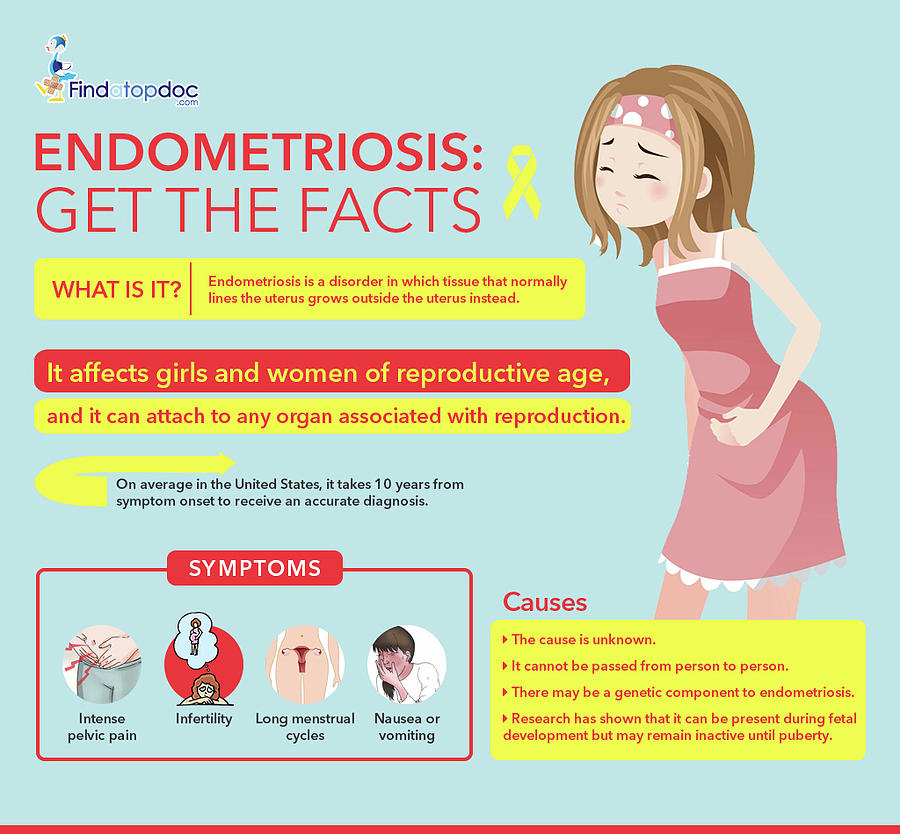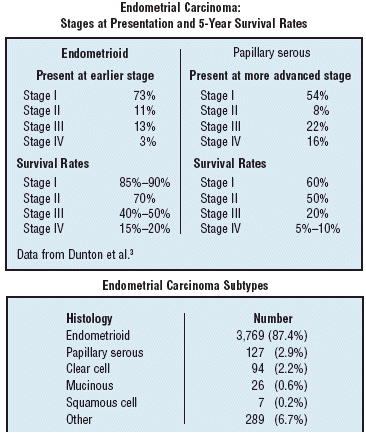


23 Endometrial cancer is a concurrent condition in 42.6 percent of women who have been diagnosed with atypical endometrial hyperplasia by endometrial biopsy. 5Įndometrial hyperplasia with cellular atypia is considered a precancerous lesion with a 29 percent risk of developing into endometrial cancer. 5 Complex hyperplasia without cellular atypia has a 3 percent probability of progressing with cellular atypia, the probability is 29 percent. 5 Simple hyperplasia without cellular atypia has a 1 percent probability of progressing to carcinoma if left untreated with cellular atypia, the probability is 8 percent. 5 The probability of endometrial hyperplasia progressing to adenocarcinoma is greater in patients who have a higher degree of cytologic atypia, as described by the World Health Organization classification system. Recent studies show that although some hyperplasias do progress to adenocarcinoma, others coexist with endometrial cancer. Previously, hyperplasia was thought to progress along a continuum that led to endometrial cancer.

4 Most type I tumors occur in the setting of unopposed estrogen stimulation, leading to endometrial hyperplasia. Type I, also called the endometrioid type because of its histologic similarity to the endometrium, accounts for more than 75 percent of cases. At present, there are no recommendations for screening the general population.Įndometrial cancer is characterized by neoplasia of the glandular elements of the endometrium and is classified as type I or type II based on histologic properties. Surgery, radiation, and chemotherapy play a role in treatment, depending on tumor stage and grade. For most women, staging and initial treatment are accomplished with total hysterectomy, bilateral salpingooophorectomy, and peritoneal washings. Surgical staging of endometrial cancer will dictate how physicians manage the condition. A definitive diagnosis requires pathologic confirmation via endometrial biopsy or dilatation and curettage. These modalities include endometrial biopsy, ultrasonography, saline infusion sonography, and hysteroscopy. A variety of diagnostic modalities are available to aid in the detection of the disease, each with its own strengths and limitations. The most common presentation of endometrial cancer is postmenopausal bleeding. Etiologically, endometrial carcinoma usually results from unopposed estrogen stimulation of the endometrium, although non–estrogen-related forms occur as well. Endometrial cancer is the leading cause of gynecologic cancer in the United States.


 0 kommentar(er)
0 kommentar(er)
